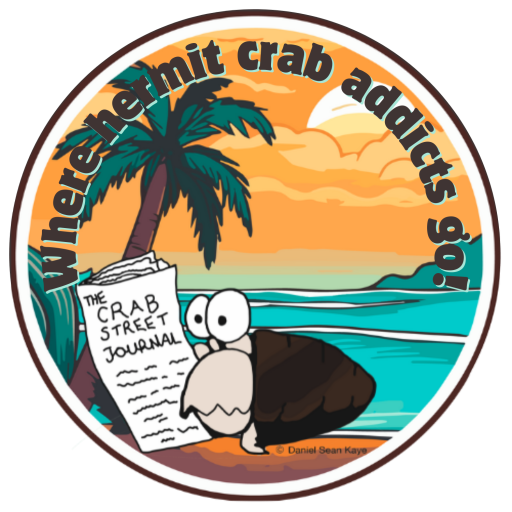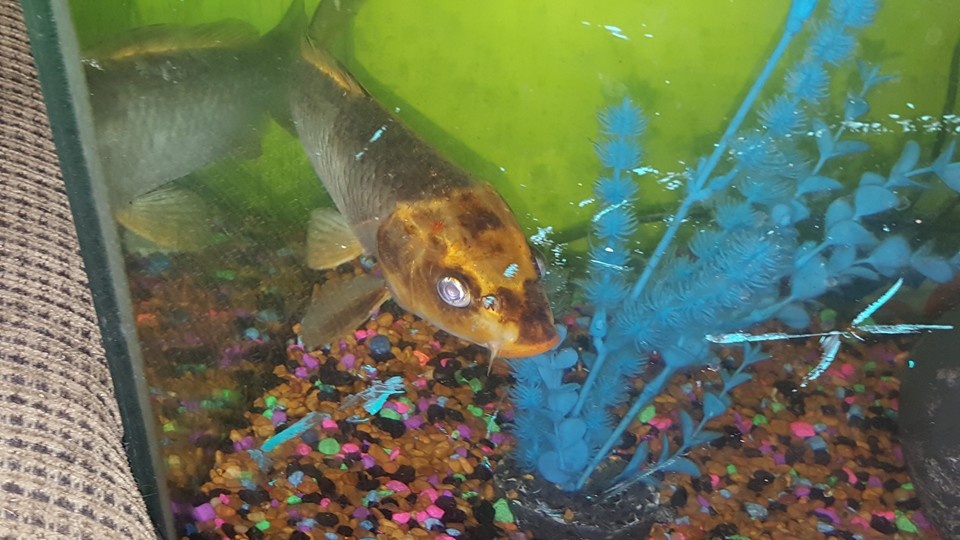ectothermic
1. of, or relating to an ectotherm; cold-blooded
From Wikipedia:
Cold-blooded organisms (called poikilotherms – “of varying temperature”[1]) maintain their body temperatures in ways different from mammals and birds. The term is now outdated in scientific contexts. Cold-blooded creatures were, initially, presumed to be incapable of maintaining their body temperatures at all. Cold-blooded animals are now called ectotherms, a term which signifies that their heat (therm) comes from outside (ecto) of them; the term cold-blooded is misleading.
Advances in the study of how creatures maintain their internal temperatures (termed: Thermophysiology) have shown that many of the earlier notions of what the terms “warm-blooded” and “cold-blooded” mean, were far from accurate (see below: Definitions). Today scientists realize that body temperature types are not a simple matter of black and white. Most creatures fit more in line with a graded spectrum from one extreme (cold-blooded) to another (warm-blooded).
Definitions
Cold-bloodedness generally refers to three separate areas of thermoregulation.
1. Ectothermy – This refers to creatures that control body temperature through external means , such as the sun, or flowing air/water. For more on this, see below.
2. Poikilothermy – This refers to creatures whose internal temperatures vary, often matching the ambient temperature of the immediate environment (Greek: “poikilos” ποικίλος = “varied,” “thermia” θερμία = “heat”). (In medicine, loss of normal thermoregulation in humans is referred to as poikilothermia.)
3. Bradymetabolism – This term refers to creatures with a high active metabolism and a considerably slower resting metabolism (Greek: “brady” βραδύ = “slow,” “metabolia” μεταβολία = “to change”). Bradymetabolic animals can often undergo dramatic changes in metabolic speed, according to food availability and temperature. Many bradymetabolic creatures in deserts and in areas that experience extreme winters are capable of “shutting down” their metabolisms to approach near-death states, until favourable conditions return (see hibernation and estivation).
Few creatures actually fit all three of the above criteria. Most animals use a combination of these three aspects of thermophysiology, along with their counterparts (endothermy, homeothermy & tachymetabolism) to create a broad spectrum of body temperature types. Most of the time, creatures that use any one of the previously defined aspects are usually pigeon-holed into the term cold-blooded.
Physiologists also coined the term heterothermy for creatures that exhibit a unique case of poikilothermy.


